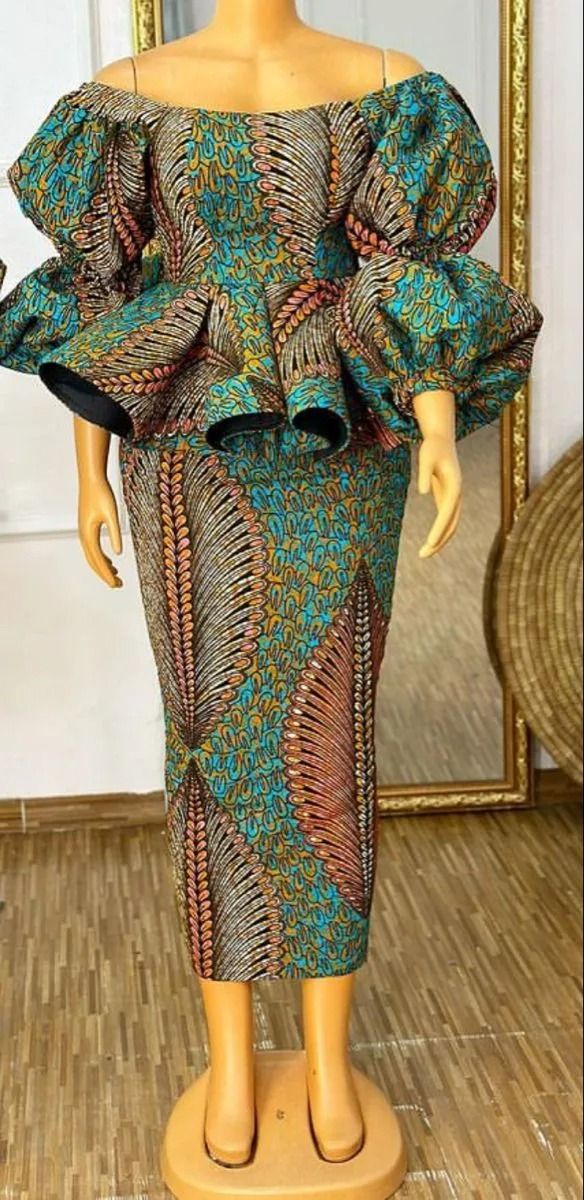Summary: Explore the evolution of Kaba and Slit styles from their origins to the modern interpretation, showcasing their timeless elegance and cultural significance.
Introduction:
Kaba and Slit styles are traditional West African clothing that have stood the test of time, evolving with each generation while maintaining their distinctive characteristics. Originating from Ghana and Sierra Leone, these styles have become symbolic of cultural heritage and elegance, making them a staple in ceremonial events and special occasions.
History of Kaba and Slit Styles:
Kaba and Slit styles have a rich history that dates back to ancient African civilizations. In Ghana, the Kaba and Slit style was traditionally worn by women as a form of traditional attire for special events and occasions. The attire consists of a loose-fitting blouse (Kaba) paired with a long straight skirt (Slit), exuding grace and sophistication.
In Sierra Leone, the Kaba and Slit style has a similar design but with subtle variations in fabric patterns and embellishments. The attire is adorned with intricate embroidery, beading, and vibrant fabrics, reflecting the vibrant culture and traditions of the region. The Kaba and Slit style in Sierra Leone is also worn predominantly by women during ceremonial events and festive occasions.
Evolution of Kaba and Slit Styles:
Over the years, the Kaba and Slit styles have evolved to incorporate modern elements while preserving their traditional essence. Designers have reinterpreted the classic attire by experimenting with different fabrics, colors, and embellishments, catering to a diverse range of preferences and tastes.
The silhouette of the Kaba and Slit style has also undergone changes, with designers creating variations that cater to different body types and style preferences. From fitted blouses to flowing skirts, the Kaba and Slit styles offer versatility and diversity, making them a favorite choice among fashion enthusiasts.
Cultural Significance of Kaba and Slit Styles:
The Kaba and Slit styles hold deep cultural significance in West African societies, symbolizing traditions, customs, and values that have been passed down through generations. The attire is often worn during cultural celebrations, weddings, and religious ceremonies, serving as a way to honor the past while embracing the present.
The vibrant colors and intricate designs of the Kaba and Slit styles reflect the rich cultural heritage of West Africa, showcasing the region’s artistic prowess and creativity. Each fabric pattern and embroidery detail tells a story, connecting the wearer to their roots and ancestry.
Modern Interpretation of Kaba and Slit Styles:
In recent years, the Kaba and Slit styles have gained popularity on the global fashion scene, with designers and fashion enthusiasts embracing the timeless elegance and sophistication of the attire. The modern interpretation of Kaba and Slit styles incorporates contemporary elements such as bold prints, asymmetric hemlines, and unconventional color combinations.
Fashion designers have also introduced new silhouettes and cuts to the traditional attire, giving it a modern and trendy twist. From off-shoulder blouses to high-waisted skirts, the Kaba and Slit styles are continuously evolving to stay relevant in the ever-changing fashion landscape.
Conclusion:
The Kaba and Slit styles are a true testament to the enduring beauty and cultural significance of West African fashion. From their ancient origins to their modern interpretation, these styles continue to captivate audiences with their timeless elegance and sophistication. Whether worn for a special occasion or as a fashion statement, the Kaba and Slit styles embody the spirit of tradition and heritage, making them a cherished part of West African culture.
You can review our digital products by following us on Etsy.





